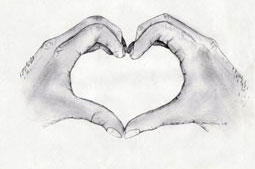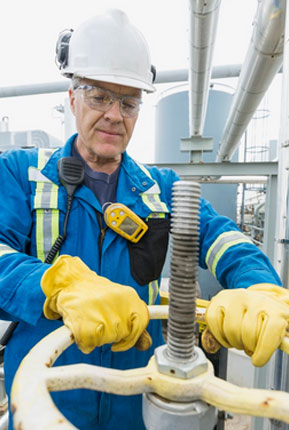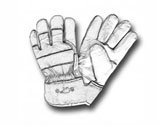HANDS SAFETY

Hands Safety |
Our hands are essential for our everyday lives to function effectively. Consequently, hand injuries can cause both medical and social problems. They can also have serious economic consequences for the person affected as well as for the employer. Your hands are worth protecting. Because we use our hands in almost everything we do, they are constantly exposed to a number of risks. Injuries can range from simple cuts, sprains and strains to burns, crush injuries, damage to tendons, muscles, nerves and blood vessels, as well as injuries caused by vibration. |
|
In our range of gloves, you'll find the right ones to protect your hands and prevent injury. Please contact in one of our enquiry pages if you need help assessing your risks and choosing the right gloves. If you injure your hands, your quality of life will be significantly impacted, and it can take a long time before you recover. But with the right hand protection, you can minimize your risk of injury. Always wear gloves that fit your hands and are appropriate for the environment in which you are working. INJURIES CAUSED BY VIBRATION People working with vibrating machinery and tools can develop injuries caused by vibration. These injuries develop gradually and can be incurable. People who work with strongly vibrating tools often also develop problems with their necks, as well as shoulder pain that radiates down the arm and into the hand. Pain in the shoulders and elbows is also common. Always use anti-vibration gloves when working with vibrating machinery and tools - that way, you will prevent injury. |

Hands Safety |
|
HYPERSENSITIVITY/ALLERGY Hypersensitivity is when a person repeatedly reacts with symptoms to something in the environment or their working environment that most other people tolerate. Allergy is an acquired hypersensitivity to a substance. Some occupational groups are more exposed to substances that can give rise to hypersensitivity and allergies. With the right protective gloves, these problems can be prevented or relieved. FROSTBITE When the air temperature is lower than +10°C, you can get frostbite. This risk increases with wind and humidity. Direct contact with cold surfaces cools the hand considerably. People who work in the cold outdoors are particularly vulnerable, but even those working indoors, for example in the food industry, may be affected. CRUSH INJURIES mean that the tissue and bones of the fingers suffer a mechanical overload. A crush injury generally occurs when a glove gets stuck in moving parts of machinery. If you work with or near the moving parts of machinery, it is especially important to choose a glove of the right size and a less durable fabric. The idea is that the glove will easily tear and disintegrate if it gets stuck. CUTS When you handle parts or tools with sharp edges, it's easy to suffer cut injuries. The unprotected sharp edges of cutting machinery and hand tools also constitute a high risk. The hand is the part of the body most often injured and these injuries are sometimes difficult to heal. Hand injuries are preventable. Think of your hands as ...ValuableYour hands are superbly designed tools of amazing strength and dexterity. They can pinch, grasp, twist, lift, hold and manipulate while doing a wide variety of other specific tasks. VulnerableYour hands and wrists are a complex system of bones, muscles and tendons, ligaments, blood vessels and nerves protected by layers of skin. A total of 27 hand and wrist bones are connected to the muscles by tendons. Ligaments join bones together and hold the joints in place. Blood vessels supply nourishment to all these parts. Nerves convey sensations and help to control hand and finger movements. The skin provides a barrier against chemicals, heat and cold. Skin on the back of the hand is thin and elastic and, on the palm, it is thick to provide traction, cushioning and insulation. Remember! Your hands are valuable but also vulnerable! If even a small cut makes it difficult and painful to work or play, imagine if you had a serious injury. Advice for protecting your hands
|
||

Hands Safety |
Some situations call for protection other than gloves. Find out if you would be better protected with barrier creams, finger guards or cots, hand protectors or leather products, arm protectors, sleeves or wristlets. |








